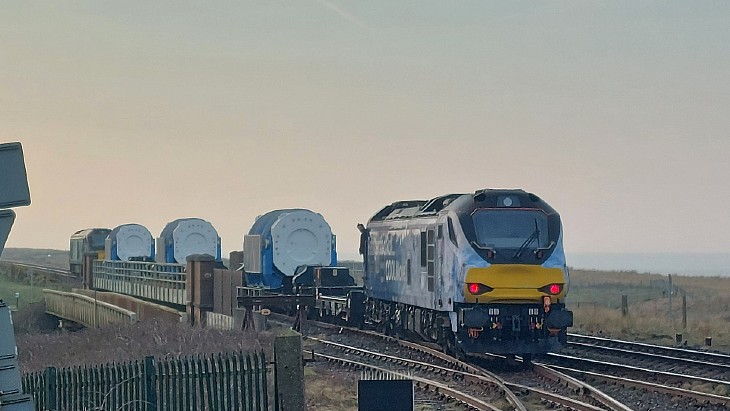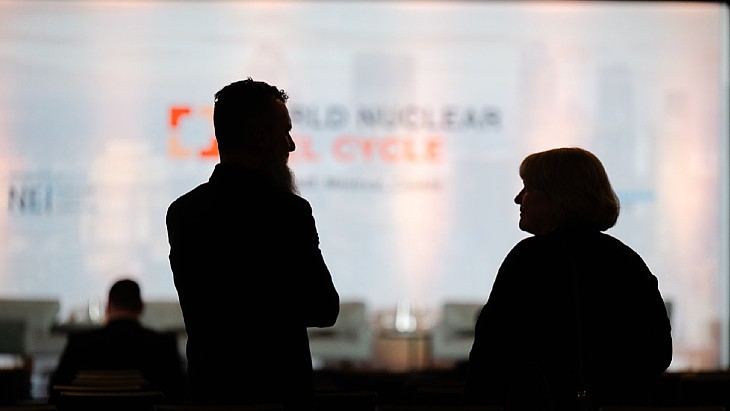Dismantling of Garoña begins following transfer of ownership
.jpg)
Garoña's 446 MWe boiling water reactor began operations in 1971 and was deemed by the regulator, CSN, to be suitable for operation until 2019 given certain technical upgrades. In September 2012, operator Nuclenor - a joint venture of Endesa and Iberdrola - missed the deadline to submit an operating licence renewal application for Garoña, meaning that it had to shut by the time its licence expired on 6 July 2013. However, the reactor was closed in mid-December 2012 to avoid a full year of retroactive tax charges for which Nuclenor would have been liable if it was operating on 1 January 2013.
In February 2014, the industry succeeded in lobbying for regulatory changes that made it possible for a reactor closed for reasons unrelated to safety or radiological protection to be granted a new operating licence within 12 months of its shutdown. Nuclenor submitted a licence renewal application for Garoña to the Ministry of Energy, Tourism and the Digital Agenda in May 2014, requesting a licence for Garoña to operate until 2031. The ministry subsequently forwarded this to CSN for evaluation. In February 2017, CSN gave conditional approval for the restart and continued operation of Garoña, but said Nuclenor would be required to make a number of safety upgrades. However, in August of that year, the energy minister announced that the government had decided not to approve the renewal of Garoña's operating licence.
In May 2020, Enresa submitted an application to the Ministry for Ecological Transition and Demographic Challenge (MITECO) for the transfer of ownership of the Garoña plant and the first phase of its dismantling.
Following approval by MITECO earlier this year, the signing before a notary of the transfer of ownership of the plant took place on 19 July, allowing the first phase of the dismantling project to begin.
It is estimated that the dismantling of Garoña will take about 10 years. The decommissioning strategy selected for the plant is immediate dismantling in two phases.
In Phase 1 (2023-2026), the main activities will be the loading of the used fuel into containers and its transfer from the storage pool to the on-site interim storage facility. This phase also includes the dismantling of the turbine building in order to prepare for the second phase of dismantling.
Phase 2 (2026-2033), with the fuel outside the reactor building, will involve the dismantling of the reactor, as well as the rest of the buildings with radiological implications, continuing with the decontamination, declassification activities and demolition of buildings, and concluding with the environmental restoration of the site.
The total estimated cost of decommissioning Garoña is about EUR475 million (USD532 million), which will come from the national radioactive waste fund, which Enresa manages and which is financed by contributions from the owners of operating nuclear power plants.
Enresa President José Luis Navarro said the decommissioning of Garoña represents "a great challenge" for the public company, for which "we are prepared". He added, "We have the technical means and a great human team to deal with this dismantling", noting that both Enresa's experience in dismantling and the extensive capabilities offered by companies in the Spanish nuclear sector "allow us to undertake this project with guarantee".
More than 30 Enresa staff and some 70 from Nuclenor will be joined by staff from other specialised contracted companies that will collaborate in the process, Enresa said. In total, during the first phase of dismantling, 350 direct jobs will be created.
"Dismantling the nuclear facilities that have ceased their activity is part of the essential public service that Enresa provides to Spanish society," Navarro said, assuring that it will be done with "professionalism, rigor, security and transparency".
_17992.jpg)
_75800.jpg)








_50521.jpg)

